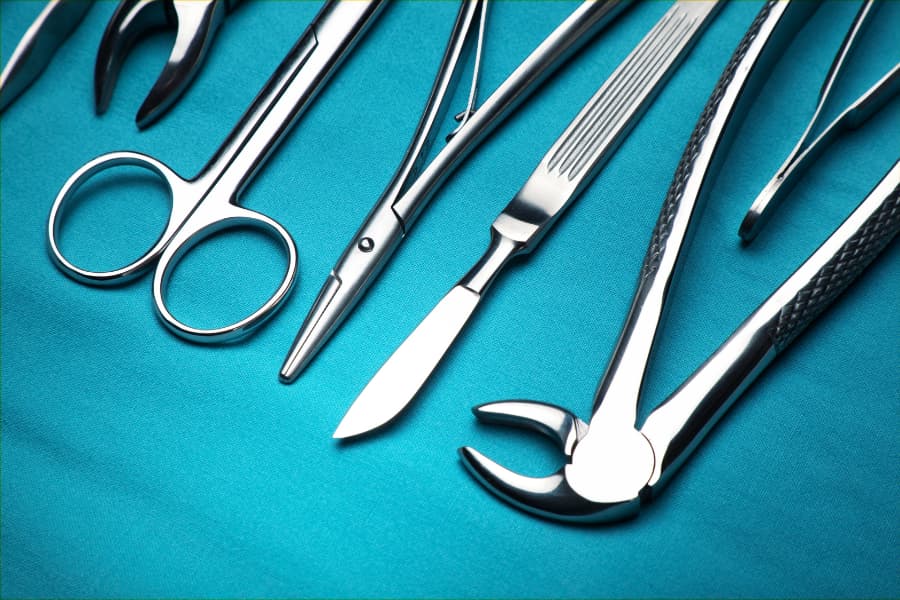Many men are told they need to get a Transurethral Resection of the Prostate (TURP) to get the improvements in urinary symptoms they’re after. It's important to understand what TURP entails and the potential challenges and alternatives. Dr. Austen Slade, a urologist in Boise, aims to provide valuable information that could help men make informed decisions about their prostate health.
What is TURP Surgery?
TURP is a traditional surgical method to treat an enlarged prostate by removing parts of the gland through the urethra. The procedure involves using a resectoscope, which is inserted through the tip of the penis, to scrape away obstructive prostate tissue. Post-surgery, patients often require a catheter for urination assistance and may be in the hospital for several days.
This prostate treatment is effective but comes with important considerations regarding recovery and procedure.

Why Do Men Not Prefer TURP Surgery?
While TURP has been a standard treatment for enlarged prostate, it's not without its drawbacks, leading many men to seek alternatives. Risks associated with TURP include:
- Significant bleeding that may require a blood transfusion
- Urinary infection
- Needing a Foley urinary catheter for several days after surgery
TURP often removes only some of the obstructive prostate tissue, resulting in at least 10% of patients needing additional surgeries within 5 to 10 years. Larger prostates are less likely to find a lasting solution with TURP. The need for hospitalization, catheterization, and potential complications can lead to a longer recovery period.
These factors, alongside the advancement of newer, minimally invasive treatments, are shifting preferences towards alternatives that offer more durable solutions with fewer complications.
What Are Effective Alternatives to TURP Surgery?
Less invasive and more effective treatments for BPH have emerged:
- Holmium Laser Enucleation of the Prostate (HoLEP): A state-of-the-art, minimally invasive procedure, HoLEP uses laser energy to remove obstructive prostate tissue. This technique offers a quicker recovery and fewer complications, such as bleeding, compared to TURP. Most patients undergoing HoLEP can have their catheter removed the same day, a significant advantage over the extended catheterization often required after TURP.
- ReZum Water Vapor Therapy: An innovative, non-surgical option, ReZum utilizes water vapor to effectively reduce prostate tissue, thereby relieving BPH symptoms. This treatment offers relief without the invasiveness of traditional surgery.
- Optilume BPH Treatment: Optilume involves a medication-coated balloon that is inflated to widen the prostate, improving urination without the sexual side effects commonly associated with TURP.
With options like HoLEP boasting a near-lifetime guarantee of effectiveness and only 1-2% of men requiring re-treatment at 20 years, these treatments present a compelling alternative to TURP. With his advanced training and expertise, Dr. Slade utilizes smaller instruments for procedures like HoLEP, resulting in less trauma to the urethra and a significantly higher success rate for men already requiring a catheter. 
Contact Boise Urologist Dr. Slade for BPH Treatment
Are you considering alternatives to TURP for managing BPH? Dr. Austen Slade is the only fellowship-trained endourologist in Idaho, bringing you a unique blend of skills and knowledge to treatment plans. His expertise in advanced treatments like HoLEP, ReZum, and Optilume BPH offers patients effective, less invasive alternatives to traditional surgery.
Contact Dr. Austen Slade to make an appointment and begin your journey to better urinary health.